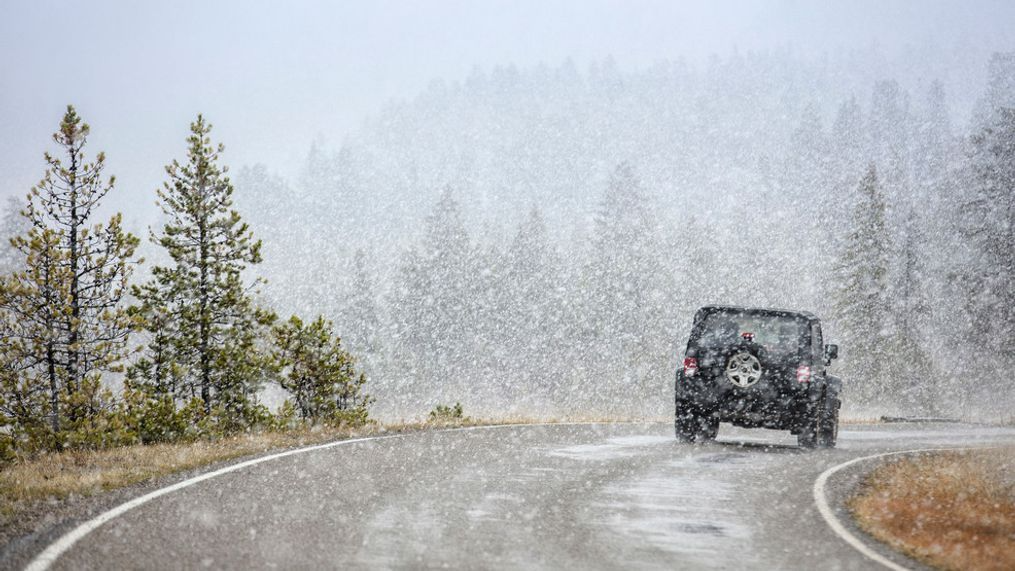From Fall to Frost: Winter Vehicle Readiness
As the leaves fall and temperatures drop, winter quietly ushers in a season of picturesque snowfall, cozy fireplaces, and holiday cheer. However, the chilly season also brings with it harsh and sometimes hazardous road conditions. It's imperative to prepare your vehicle to ensure not only its optimum performance but also your safety during these frosty months. This article highlights some crucial steps you can take to winterize your vehicle.
Your vehicle's cooling system protects your engine from both freezing and overheating. Make sure the coolant has the right mixture of antifreeze and water to prevent it from freezing in winter.
As the cold breeze starts to sweep across the lands, taking the time to prepare your vehicle for winter is not only a wise investment but a necessary precaution. The steps outlined above will go a long way in ensuring that your vehicle is winter-ready, providing a safe and comfortable driving experience during the colder months. Remember, a well-maintained vehicle is synonymous with a safe and enjoyable winter season on the road.
Norristown CDJR is committed to being your go-to destination for all of your winter car preparation needs. Our dedicated team, quality parts, and customer-centric approach ensure your vehicle is well-powered for the cold, allowing you to navigate the winter roads with confidence and ease.
Step 1: Check Your Tires
Tire pressure drops along with the temperature. It's crucial to check your tire pressure regularly, and more so as winter approaches. Properly inflated tires ensure better traction on icy or wet roads.Snow Tires
If you live in areas with heavy snowfall, investing in snow tires is a wise decision. Snow tires have special tread patterns that provide better traction on snow and ice compared to all-season tires.Tire Chains
In some regions, tire chains are a necessity during the snowy season. They provide the much-needed grip on snow-covered roads, reducing the risk of skidding.Step 2: Battery Maintenance
Cold weather is harsh on car batteries. It’s a good practice to have your battery checked to ensure it's fully charged and in good condition. Replace it if it's old or showing signs of weakness. Step 3: Check Your Cooling System
Step 3: Check Your Cooling System
Your vehicle's cooling system protects your engine from both freezing and overheating. Make sure the coolant has the right mixture of antifreeze and water to prevent it from freezing in winter.Step 4: Windshield and Visibility
Clear visibility is critical, especially during snowfall and foggy conditions.Windshield Wipers
Replace worn-out wiper blades and fill up the windshield washer reservoir with a washing solution that won’t freeze.Defroster and Heater
Ensure your defroster and heater are working correctly to keep the windshield clear and the car’s interior warm.Step 5: Oil Change
Engine oil tends to thicken in cold temperatures, which can cause wear and tear on your engine. It's advisable to change to a thinner oil that will flow more easily in winter.Step 6: Brake Inspection
Brakes are your primary safety feature. Have a professional inspect your brake system to ensure it's in top-notch condition.Step 7: Emergency Kit
Equip your car with an emergency kit containing essentials like a flashlight, blankets, first-aid kit, non-perishable food, water, and basic tools.Step 8: Regular Maintenance
Regular maintenance checks by a professional will help identify any potential issues before they become major problems.Step 9: Stay Informed
Keep an eye on the weather forecast, especially if you plan on traveling. Being prepared for the road conditions will help ensure a safer journey.Step 10: Practice Safe Driving
Winter conditions can be unpredictable. Practice safe driving habits, such as reducing your speed, keeping a safe distance from other vehicles, and avoiding distractions.As the cold breeze starts to sweep across the lands, taking the time to prepare your vehicle for winter is not only a wise investment but a necessary precaution. The steps outlined above will go a long way in ensuring that your vehicle is winter-ready, providing a safe and comfortable driving experience during the colder months. Remember, a well-maintained vehicle is synonymous with a safe and enjoyable winter season on the road.
Norristown CDJR is committed to being your go-to destination for all of your winter car preparation needs. Our dedicated team, quality parts, and customer-centric approach ensure your vehicle is well-powered for the cold, allowing you to navigate the winter roads with confidence and ease.




